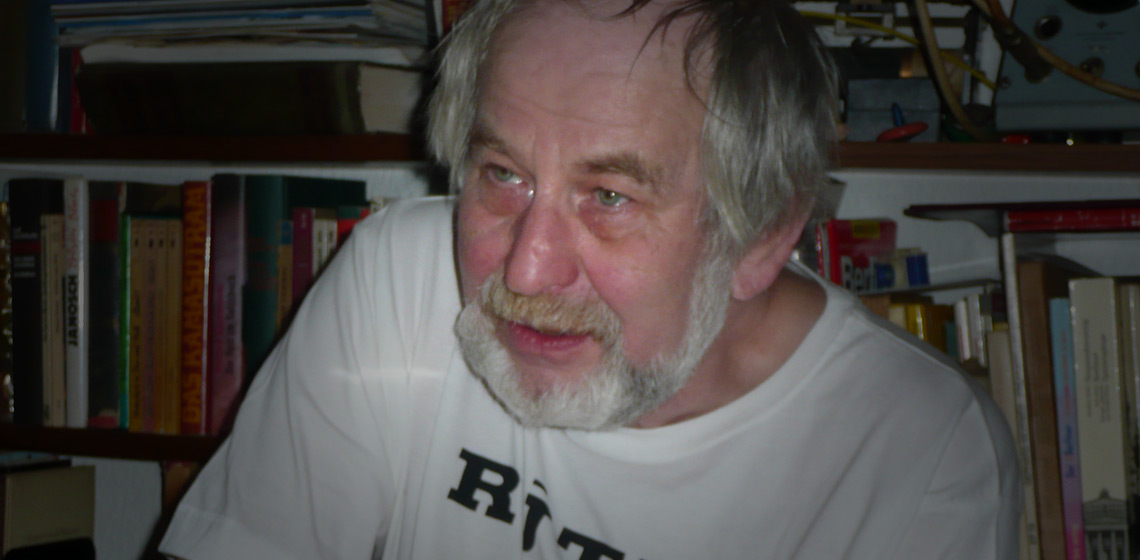The content is published under a Creative Commons Attribution Non-Commercial 4.0 License.
Unreviewed Mixed Matters Article:
Obituary: Andy Kurzweil (16 July 1945 – 13 March 2023)

On March 13, 2023, my long-time friend Andy Kurzweil, fellow researcher and co-founder of AG Teerschwele (Working Group on Tar) at the Museumsdorf Düppel (Berlin-West Germany), died at home at the age of 78. I met him on my first visit to the Museumsdorf Düppel in 1977 at the tar production area, when I offered him my help. From that time on, we did many things together, including cutting wood for firewood, undertaking our own experiments, as well as sitting by the fire to smoulder wood or discussing experimental results.
Slowly, we became experts in medieval tar production and thus became known amongst scientists and those experimenting in tar and pitch production. In turn, this led to being invited to give demonstrations and lectures at home and abroad. After the Berlin Wall came down in 1989, we organised two national symposia, in Berlin and Rostock, as well as two international symposia in Biskupin (Poland), on the subject of wood tar and wood pitch.
During our research at the Museumsdorf Düppel, we investigated, among other things, the question of how tar was produced in so-called tar smouldering pits, which are documented in the archaeological record of the medieval settlement of Düppel. After a series of experiments carried out strictly according to the rules of experimental archaeology, we concluded that a pit pile method was used in these tar smouldering pits and not the double pot method as previously assumed by archaeological science. This thesis was supported by Dr. Felix Biermann, Professor of Early Medieval Archaeology at the University of Szczecin (Poland), with his research on archaeological features from other archaeological sites.
Furthermore, we asked ourselves, was it possible for Neanderthals to make birch pitch without vessels or chemical knowledge? We researched a method that even nomadic Neanderthals could have used at any time, without carrying around many tools. Neanderthals only had to carry flint with them; other required materials, such as stones and birchbark, could be found in the surrounding areas. The probability that Neanderthals could have made tar with that method was also confirmed by the research of three scientists from the Institute for Pre- and Protohistory and Medieval Archaeology at the Eberhard Karls University of Tübingen (Germany).
Looking back, I can say that both of us not only shared the joy of successful experiments, but also that our research results were scientifically recognized. In addition, we actively experienced and shaped glorious years at the Museumsdorf Düppel. All this was made possible thanks to Andy’s curiosity, his knowledge of literature, and his creativity. His sociability and humour were able to inspire people’s interest for our topic and win them over. In short, Andy Kurzweil was a person who was in the right place in the Museumsdorf Düppel, and it was not for nothing that he became rewarded as an honorary member of the Düppel Association.
Keywords
Country
- Germany

